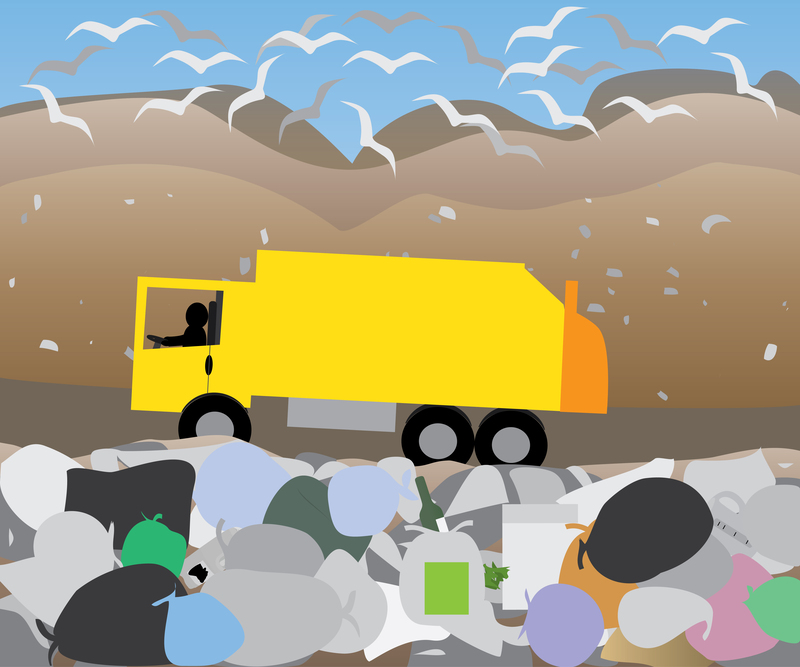Exploring the Science of Transforming Glass Waste
Introduction to Glass Waste Transformation
In recent years, the issue of glass waste disposal has become a pressing environmental concern. As landfills overflow and more waste finds its way into our ecosystems, innovative solutions are needed to address the challenge. Transforming glass waste not only reduces environmental impact but also offers numerous economic benefits. In this article, we delve into the science behind turning glass waste into valuable resources.

The Broad Spectrum of Glass Waste
Glass, an endlessly recyclable material, comes in many forms, ranging from beverage containers and windows to electronic screens. The variety of glass waste generated poses unique challenges for transformation processes. Understanding the composition and diversity of glass waste is crucial for developing effective recycling technologies.
Categories of Glass Waste
- Container Glass: Comprising bottles and jars, this type is widely recycled.
- Flat Glass: Often used in construction, it includes windows and glass panels.
- Special Glass: Includes laboratory glassware, screens, and light bulbs, requiring specialized recycling methods.
The Science Behind Glass Waste Recycling
Transforming glass waste involves understanding its chemical properties and physical characteristics. By leveraging scientific methods, we can create processes that efficiently recycle glass and convert it into new products.
Chemistry of Glass Recycling
Glass is primarily composed of silica (SiO2), along with other oxides such as sodium oxide (Na2O) and calcium oxide (CaO). By analyzing these components, scientists can design recycling processes to maintain the purity and quality of the recycled glass.
Physical Properties and Implications
Glass has unique physical properties, such as its ability to be melted and reshaped without losing quality. This trait supports repeated recycling, making glass an ideal candidate for sustainable waste management.
Innovative Methods of Transforming Glass Waste
Through innovative techniques, the recycling industry is making strides in converting glass waste into valuable resources. These methods range from basic recycling to advanced scientific techniques.
Traditional Recycling Techniques
Conventional glass recycling involves collecting, sorting, and crushing glass into cullet. This crushed glass can be melted down and molded into new containers or products. While effective, traditional recycling has its limitations in dealing with processed glass variations.
Advanced Scientific Approaches
Recent advancements in technology have introduced alternative methods for glass waste transformation. These methods focus on higher efficiency and reduced environmental impact.
- Chemical Recycling: Utilizing chemical reactions to break down glass into its original components allows for greater purity control and potentially lower energy consumption.
- Glass Powder Technology: This approach involves grinding glass into a fine powder that can be used as an additive in various industries, such as construction and automotive.
- 3D Printing with Recycled Glass: The integration of recycled glass powder in 3D printing opens up new possibilities for producing sustainable and durable products.
Environmental and Economic Benefits
Glass waste transformation offers significant environmental benefits by reducing landfill use and conserving natural resources. Additionally, it provides economic advantages through cost savings and job creation in the recycling sector.
Reduction in Carbon Footprint
Recycling glass saves energy compared to the production of new glass from raw materials. This results in lower carbon emissions and a smaller environmental footprint. Industries utilizing recycled glass also benefit from reduced manufacturing costs.
Job Creation and Economic Growth
The expansion of the glass recycling industry creates jobs in collection, processing, and research fields. These jobs drive economic growth and foster innovation, supporting both local and national economies.

Challenges and Future Opportunities
While transforming glass waste presents numerous benefits, it is not without its challenges. Overcoming these obstacles will require continuous innovation and collaboration across industries.
Challenges in Glass Waste Management
- Contamination: Mixed waste streams and impurities can complicate the recycling process.
- Collection and Sorting: Efficiently collecting and separating different types of glass remains a major hurdle.
- Market Demand: Limited demand for certain recycled glass products can impact industry viability.
Future Opportunities
As research advances, new opportunities for glass waste transformation are emerging:
- Integration of AI and Machine Learning: Utilizing AI to improve sorting accuracy and efficiency.
- Development of New Products: Expanding the range of products that can utilize recycled glass.
- Policy and Incentives: Encouraging regulatory frameworks to support the growth of glass recycling.
Conclusion
Exploring the science of transforming glass waste is a crucial step toward sustainable waste management and resource conservation. As technology and research continue to evolve, the potential for innovative solutions and significant environmental benefits grows. By understanding and investing in glass waste transformation, we can pave the way for a greener and more sustainable future.